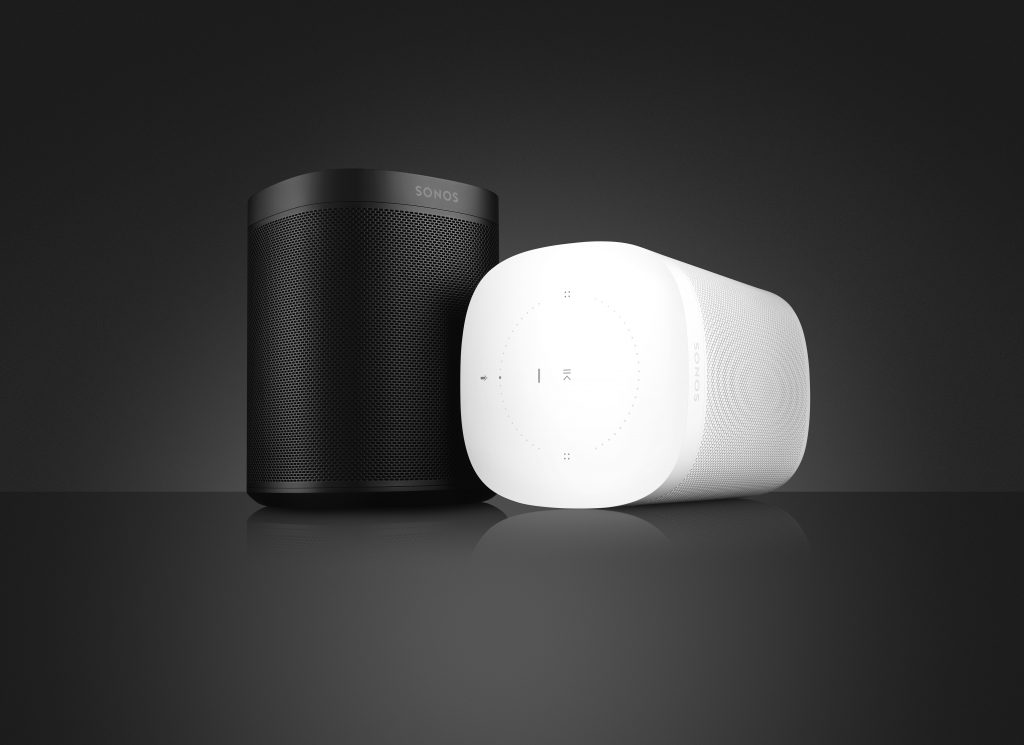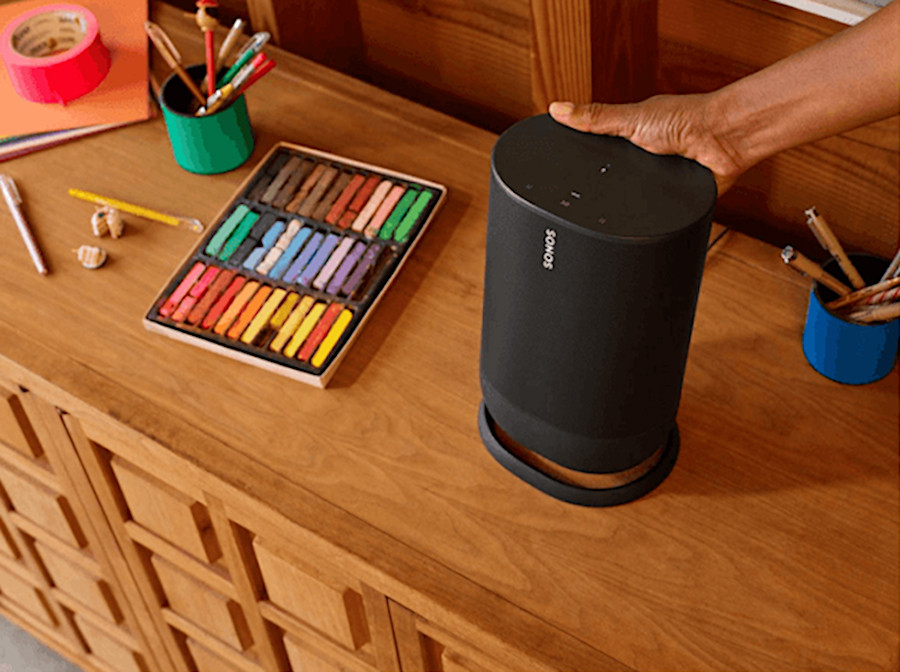Sonos have made a very difficult decision to draw a line in the sand and end support for some older products. On a support page update, the company has outlined what is happening, why and what you can do with your system.
Why is it happening?
Ultimately the decision has come down to the fact that some of their very old hardware (herein legacy) just can’t keep up the pace expected in the current streaming environment. Future updates will lead to a reduction in performance and user experience, as a premium product in the market, it’s easy to understand – not necessarily accept though if you’re invested in the hardware – the reason for the change.
The affected products are: The Sonos Connect (2011 – 2015), Connect amp (2011 – 2015), Play:5 Gen 1, CR200, ZP80, ZP90, ZP100 and ZP100.
What is happening?
In May this year, legacy products will stop getting software updates and therefore not receive new features. Don’t panic though, you will still be able to use your legacy products as you currently are regardless of whether your Sonos system is just legacy hardware or a hybrid of legacy and modern products.

Yes, you will be able to continue using legacy products after they stop receiving software updates. However, some functionality will be impacted over time.
Customers with both legacy and modern products have time to decide what option is best for them. You can continue to use your whole system in legacy mode – in this case, it will stop receiving updates and new features.
You will also be able to separate your legacy products from your modern products, so that the modern products can still receive updates and new features, and legacy products can still be used separately. We’ll have more information on how to do this in May when you can take that action.
The Sonos post in parts seems somewhat contradictory – offering a pathway to separating your system to allow hardware to be used and updated separately, then stating that if your system still has legacy products:
Your Sonos system will no longer receive updates, so your experience will initially remain the same. However, the functionality of features and services will be impacted as technology, particularly music service and voice partners, evolves over time.
Sonos has stated that there is no expected impact in the short term when updates for older hardware are disabled. The longer term impact may take some time to eventuate as new features are added or tweaked beyond the capacity of legacy hardware.
If you’re not sure whether your hardware is on the legacy list, you can check on the Sonos account page.
In the short term, Sonos have made mention of a trade up scheme. Offering users the chance to save 30% off of new hardware to replace their legacy speakers, making their full system modern once again. You can check if your hardware is eligible for trade up in the My Account page or check further details on the Sonos trade up page.
Personally I’ve invested in multiple Sonos speakers and their quality is very good. Over time as the Google Home speakers in my house reach their lifespan, I’ll be looking to replace them with Sonos smart speakers.




